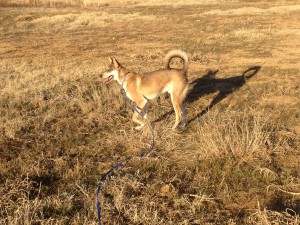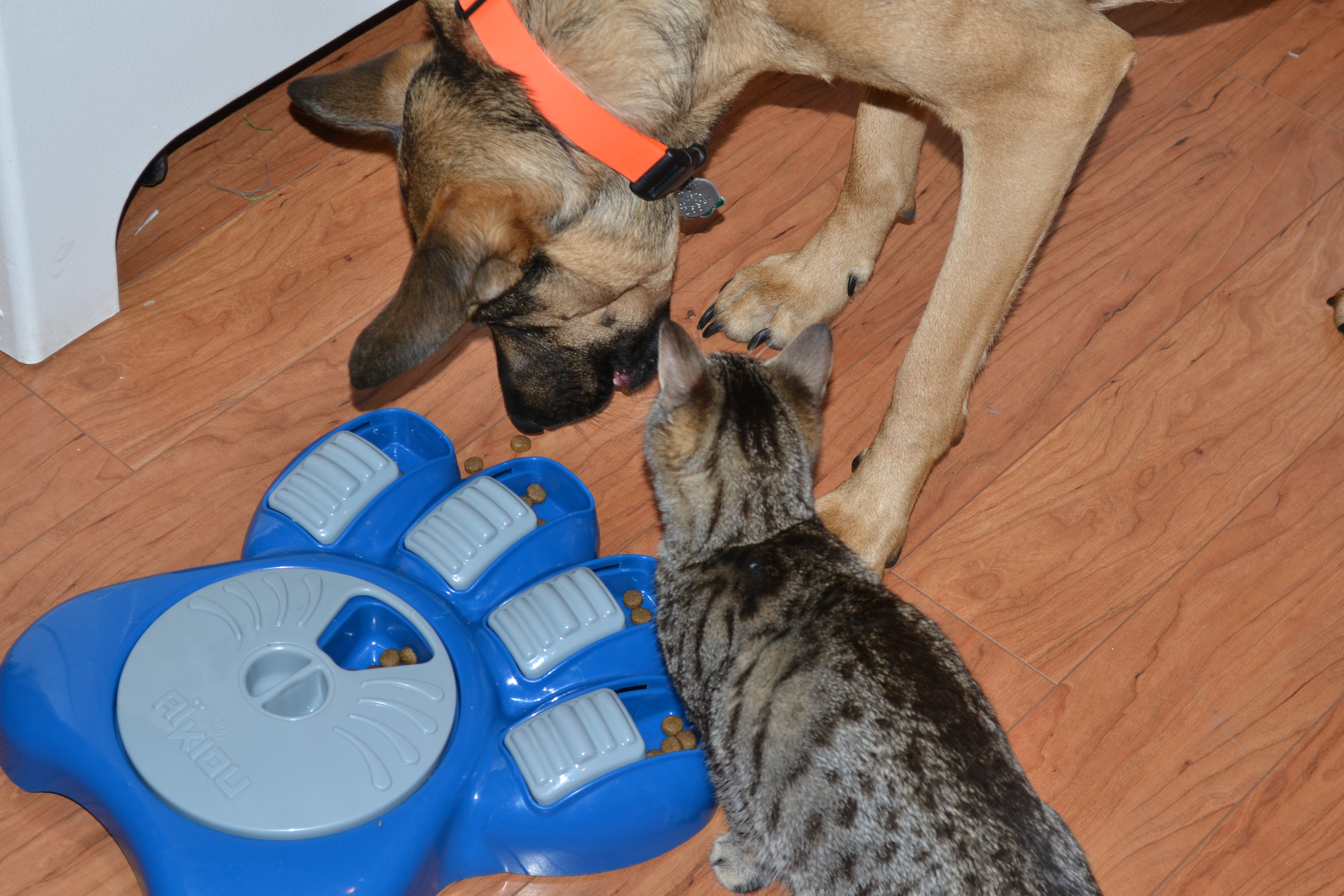 I am a huge fan of clicker training (an operant conditioning technique), but I recently got a huge reminder of the importance of classical conditioning the other day when I attended a fellow trainer’s class. In both the Rally class and the orientation to the Reactive Integration class, classical conditioning was used. I feel like I let my passion for clicker training take over a little too much and I have forgotten about classical conditioning.
I am a huge fan of clicker training (an operant conditioning technique), but I recently got a huge reminder of the importance of classical conditioning the other day when I attended a fellow trainer’s class. In both the Rally class and the orientation to the Reactive Integration class, classical conditioning was used. I feel like I let my passion for clicker training take over a little too much and I have forgotten about classical conditioning.
In the Ring
As I mentioned in previous posts, I am planning on competing with my dog, Loker, in AKC Rally. Loker is very reactive towards other dogs so this will be a huge challenge for us. The next few months will involve intensive training to develop focus in new environments, learning how to relax on a mat in different environments, and learning skills for rally. By far, learning to relax on a mat in new situations will be the hardest challenge. Classical conditioning is very powerful but takes longer than simply learning a new skill such as heel or sit. What I learned in class is we need to practice entering the ring and teaching that the ring itself is the cue to pay attention to me – which will be taught with classical conditioning!
Classical Conditioning
Classical conditioning is when you pair a neutral stimulus with a positive (or negative) emotion (association). Many people accomplish classical conditioning with their dogs with treats or play. People, as I used to, can also pair corrections with choke, prong, or shock collars with a stimulus that causes a reaction in order to control the dog and make it stop pulling towards a stimulus such as another dog or human. As you can see, pairing pain with a stimulus will condition the dog to fear that stimulus because it brings pain when they encounter it. The common saying among dog owners is “Pavlov is always on your shoulder” in order to remember that no matter what you are doing with your dog, classical conditioning is taking place. Either the dog is enjoying or regretting the situation.



